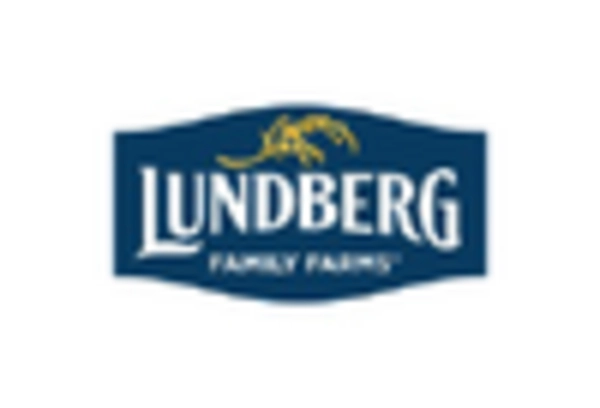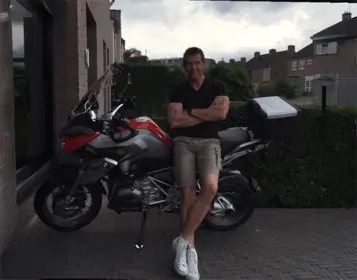Growth of the Gluten-Free Market
The Organic Rice Flour Market is significantly influenced by the expansion of the gluten-free market. With an increasing number of individuals diagnosed with celiac disease and gluten sensitivities, there is a growing need for gluten-free alternatives. Organic rice flour serves as a versatile ingredient in gluten-free baking and cooking, making it a preferred choice among consumers seeking gluten-free options. Market Research Future suggests that the gluten-free food market is projected to reach a valuation of over 7 billion dollars by 2026. This growth presents a substantial opportunity for the Organic Rice Flour Market, as manufacturers can cater to the rising demand for gluten-free products by incorporating organic rice flour into their offerings.
Rising Demand for Natural Ingredients
The Organic Rice Flour Market is experiencing a notable increase in demand for natural and organic ingredients. Consumers are becoming increasingly aware of the health benefits associated with organic products, leading to a shift away from synthetic additives and preservatives. This trend is reflected in market data, which indicates that the organic food sector has been growing at a compound annual growth rate of approximately 10%. As a result, manufacturers are focusing on sourcing organic rice flour to meet consumer preferences for clean-label products. This rising demand is likely to drive innovation in the Organic Rice Flour Market, as companies seek to develop new formulations that align with health-conscious consumer trends.
Expansion of E-commerce and Online Retail
The rise of e-commerce and online retail platforms is transforming the Organic Rice Flour Market. With more consumers turning to online shopping for convenience and variety, the availability of organic rice flour through digital channels is expanding. This shift is supported by data showing that online grocery sales have surged, with a significant percentage of consumers preferring to purchase food products online. As a result, manufacturers and retailers are increasingly investing in their online presence to reach a broader audience. This trend not only enhances accessibility to organic rice flour but also allows for targeted marketing strategies that can effectively engage health-conscious consumers. The growth of e-commerce is likely to be a driving force in the Organic Rice Flour Market.
Sustainability and Environmental Awareness
Sustainability is becoming a pivotal factor influencing consumer choices in the Organic Rice Flour Market. As environmental concerns rise, consumers are increasingly opting for products that are sustainably sourced and produced. Organic rice cultivation typically involves practices that are less harmful to the environment, such as reduced pesticide use and improved soil health. This shift towards sustainability is supported by data indicating that a significant portion of consumers is willing to pay a premium for organic products that align with their values. Consequently, the Organic Rice Flour Market is likely to benefit from this trend, as brands that emphasize sustainable practices may attract a more environmentally conscious consumer base.
Technological Advancements in Food Processing
Technological advancements in food processing are playing a crucial role in shaping the Organic Rice Flour Market. Innovations in milling and processing techniques have improved the quality and functionality of organic rice flour, making it more appealing to manufacturers and consumers alike. Enhanced processing methods can lead to better texture, flavor, and nutritional profiles, which are essential for product development. Market data indicates that investments in food technology are on the rise, with companies increasingly adopting advanced processing technologies to meet consumer demands. This trend is likely to foster growth in the Organic Rice Flour Market, as improved product offerings can lead to increased consumer acceptance and market penetration.


















Leave a Comment